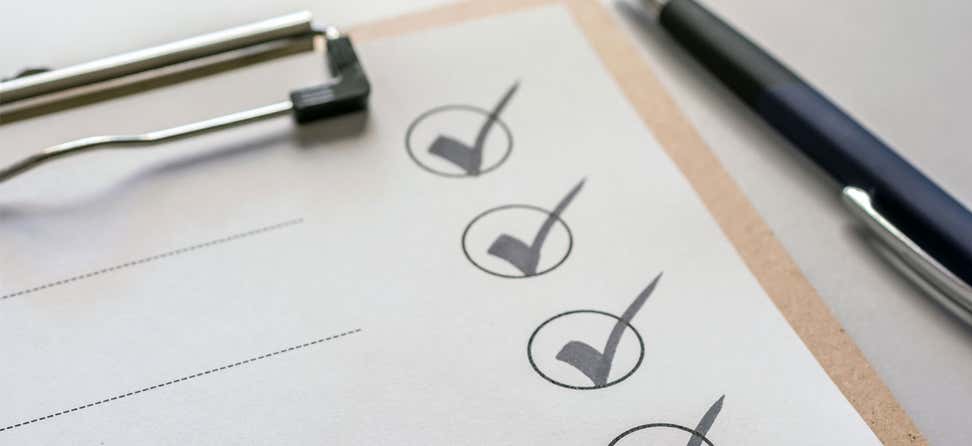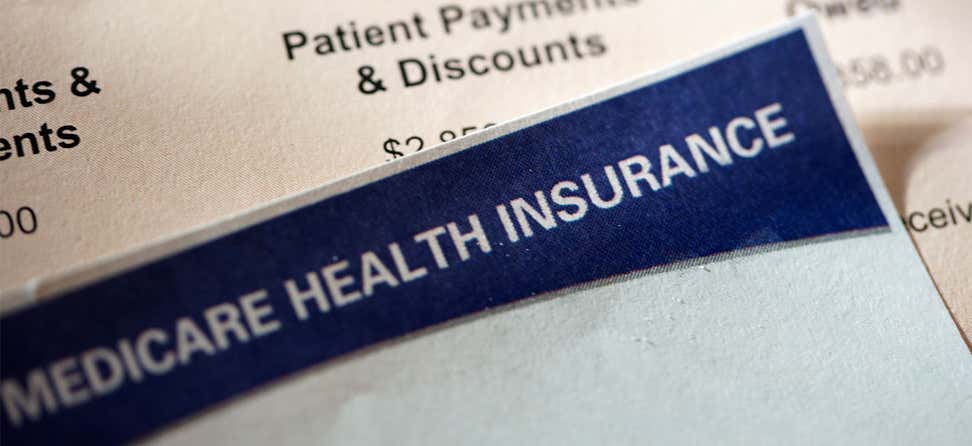Key Takeaways
Once you spend a certain amount of your Part D prescription drugs, you enter a phase that is often called the "donut hole."
If you find yourself paying a lot for medicines, each year, check out whether you may be eligible for several prescription savings programs.
People with Extra Help see significant savings on their drug plans and medications at the pharmacy, and don't fall into the donut hole.
Did you or someone you work with fall into the Medicare Part D “donut hole” this year?
The donut hole, or Part D coverage gap, occurs when a person reaches a certain spending limit for their medications, and must pay more of the costs after crossing that threshold.
Here's how you can try to avoid the donut hole altogether and get financial assistance if you do fall into the coverage gap.
The importance of shopping around
The Annual Enrollment Period for Medicare Advantage and Part D plans runs October 15 – December 7. During this time, people with Medicare can join, switch, or leave plans.
This Part D plan checklist, developed for NCOA by the Medicare Rights Center, provides a list of questions to ask before selecting prescription drug coverage. Aside from looking at costs, you also want to make sure that you choose a plan that covers all/most of your medications and makes it convenient for you to obtain them.
Using the Medicare Plan Finder, you can enter your prescription information and compare plans to determine what your costs may be in the coming year, including when/if you would expect to fall into the donut hole. Some plans may offer additional coverage during the coverage gap, like for generic drugs; however, they may charge a higher monthly premium. Working with an unbiased counselor, such as those at your State Health Insurance Assistance Program (SHIP) can help. Or use the questionnaire at My Medicare Matters to get recommendations about your coverage options.
Isn’t the donut hole closing in 2019?
You may have heard that the Affordable Care Act set in motion plans to close the Part D coverage gap by 2020, which was advanced a year in recent Medicare legislation. But “closing” does not mean that people reaching the donut hole do not pay anything for their drugs—it means that plans and pharmaceutical companies pick up more of the tab.
Beginning in 2019, Medicare beneficiaries enrolled in Part D prescription drug plans reaching the donut hole will still pay 37% of the costs of their generic medications, and 25% of the brand-name medications.
Getting help in the gap
If you cannot avoid the donut hole, you’ll want to explore these options to help pay for your prescriptions:
- State Pharmaceutical Assistance Program (SPAP): Some, but not all, states have a SPAP to help people pay for their medications. Sometimes the SPAP will contribute an amount toward your Part D premium, or it may work to offset your prescription costs.
- Patient Assistance Programs: Brand-name drug manufacturers often have these programs to provide discounts or no-cost medications to those who qualify. You may have to provide proof of income and spending on the prescription to be able to take advantage of these programs.
- Generics: Talk to your doctor about whether any generics may be a good substitute for expensive brand-name drugs. If your medication is in a higher cost tier or not covered on your plan’s formulary (approved drug list), you may want to see if you can ask for an exception to get the plan to cover it completely or at a lower cost.
- "Best" Price: Another strategy is to ask your pharmacist for the “best” price for the prescription. Sometimes costs for drugs may be less if you do not use your insurance. Be mindful that any drug you purchase outside of your insurance will not automatically count toward satisfying your deductible, or getting you out of the donut hole. Contact your plan to determine if the drug purchases you made outside of your Part D plan can be counted toward your true out of pocket costs and/or are eligible for reimbursement.
You can use our free, comprehensive screening tool BenefitsCheckUp® to see if you qualify for any of these and other money-saving benefits.
Avoiding the coverage gap entirely
If you have limited income and resources, you may want to see if you qualify to receive Medicare's Extra Help/Part D Low-Income Subsidy. People with Extra Help see significant savings on their drug plans and medications at the pharmacy, and do not fall into the donut hole. See if you qualify and apply today.










